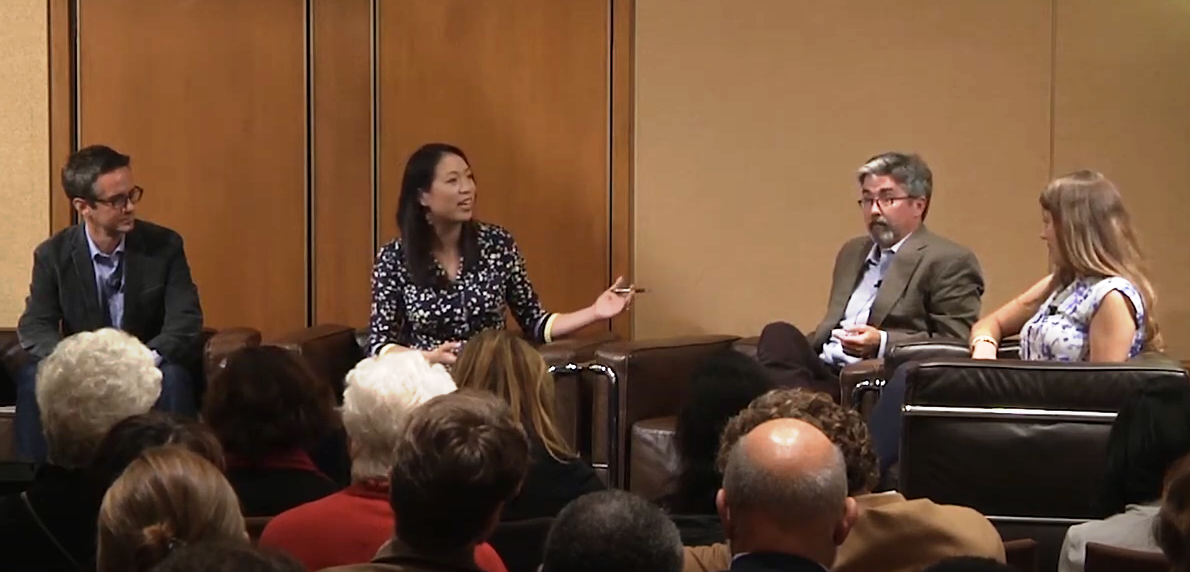Sakshi Sinha
4:47
4:48
5:01
5:02
5:03
5:11
5:15
5:21
5:26
5:29
5:30
5:38
5:39
5:39
5:44
5:46
5:46
5:48
5:56
5:56
5:57
6:00
6:01
6:01
Connecting…




